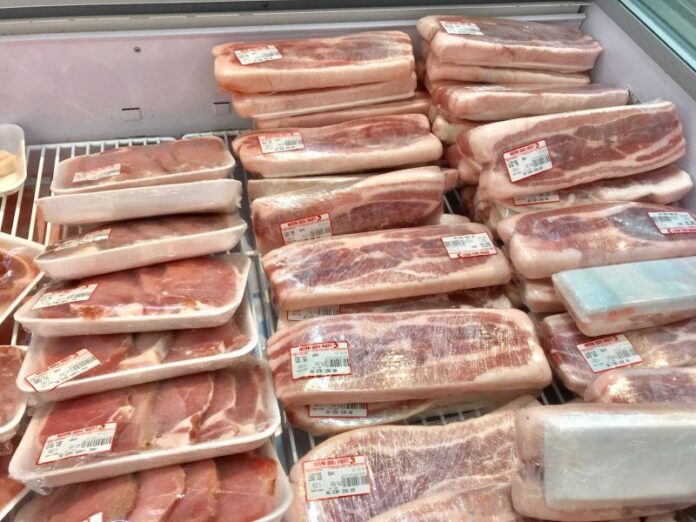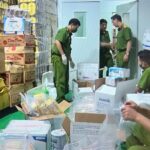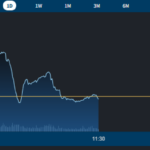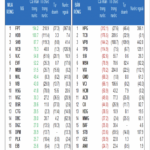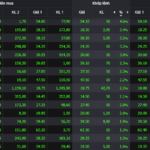Vietnam’s agriculture and livestock sector is experiencing significant dynamics in import expenditures, as evident from the recently published report by the Ministry of Agriculture and Environment. In the first seven months of the year, the country spent nearly $2.6 billion on importing livestock products, marking a substantial increase of almost 23% compared to the same period in 2024. July alone witnessed an estimated import value of $400 million.
A closer look at the import structure reveals a notable surge in the dairy and dairy products category, which accounted for over $860 million. This highlights a strong demand for these products in the domestic market.
Furthermore, the import value of meat and offal exceeded $1 billion, with a focus on frozen meat products such as shoulder meat, fat, ribs, and by-products. Vietnam’s import statistics for the second quarter of 2025 indicate a significant volume of 236,900 tons of meat and meat products, valued at $463.37 million. Specifically, for pork, the country imported 34,500 tons, worth $92.33 million, with India, Russia, the US, Australia, Brazil, Canada, and Poland being the largest suppliers by value.
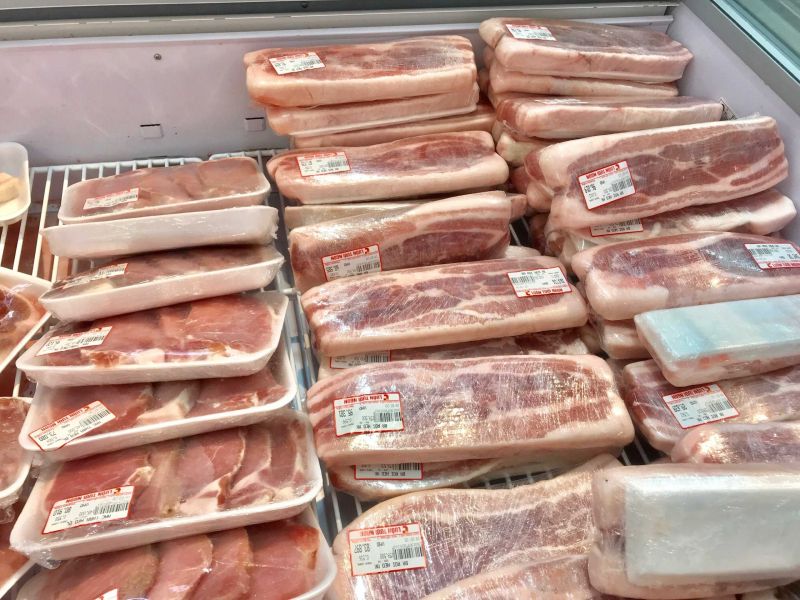
Vietnam imports a diverse range of frozen meat products. Illustrative image.
The surge in imports of livestock products is attributed to the rising domestic consumption demands. As shared by Mr. Nguyen Xuan Duong, Chairman of the Vietnam Livestock Association at a dairy industry development workshop held on August 5, Vietnam’s dairy cow density is significantly lower than that of Thailand, Japan, and South Korea.
Currently, domestic fresh milk production meets only about 38-40% of the market demand, with the remainder being imported, mainly in the form of milk powder for reconstitution. Per capita milk consumption in Vietnam is approximately 27 liters per year, and it is projected to grow by 7-8% annually.
Turning to the livestock sector, recent fluctuations in domestic feed prices have made locally produced meat less competitive compared to imported products. A preliminary survey reveals that some frozen meat products are priced at only 40-60% of the cost of their domestic counterparts. For instance, imported pork belly with ribs is available at $90,000-120,000 VND/kg, while the equivalent domestic product costs over $160,000 VND/kg.
Similarly, imported thigh and shoulder meat are priced at 80,000-85,000 VND/kg, a discount of 30-40% compared to domestic options. Other imported products like frozen shank and bone-in meat are priced competitively at over 65,000 VND/kg and 40,000-50,000 VND/kg, respectively.
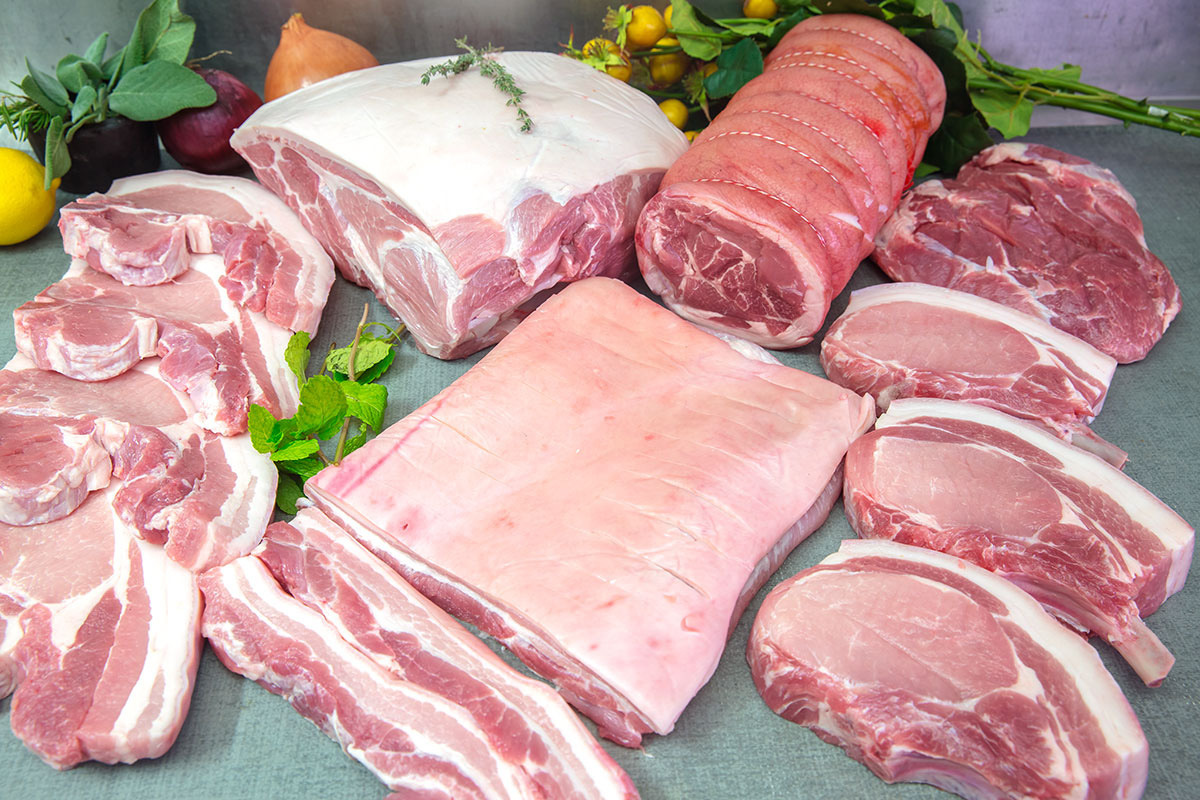
Many imported products are cheaper than domestic ones. Illustrative image.
To enhance their competitiveness, local livestock producers must adapt by increasing productivity, improving production processes, and diversifying their product range. However, experts emphasize that a healthy competitive environment can only be achieved by strictly controlling the quality of imported meat. Unfortunately, some importers prioritize profits over quality and food safety, bringing in low-quality, expired, or spoiled products that negatively impact consumers and the domestic industry.
The Master Wordsmith: Crafting Authentic Economic Demand
Accelerating the disbursement of public investment capital will stimulate consumption of domestically-produced goods and services. Accompanying this should be robust fiscal policies that support the production of goods and services and encourage consumption, creating a virtuous cycle of production and circulation, and generating genuine demand within the economy. This is the recommendation of experts to boost growth in the last two months of this year and into 2024.
“Embrace Vietnamese Products to Boost Economic Growth”
Encouraging aggregate demand while supporting supply is the vision outlined in Directive No. 29/CT-TTg, dated August 27, 2024, on stimulating consumer demand, assisting production, business, and domestic market development. This directive was recently issued by Prime Minister Pham Minh Chinh. The expectation is that this will extend the period of growth for the Vietnamese economy.
The Surprising Lending Speed of Ho Chi Minh City Banks
“Hanoi’s bank credit growth has yet to reach its expected breakthrough as businesses continue to face challenges. Despite this, there remains an air of cautious optimism within the city’s financial sector. With a resilient economy and a dynamic business landscape, the potential for a surge in credit growth is ever-present, and banks are poised to play a pivotal role in facilitating this anticipated upswing.”
























